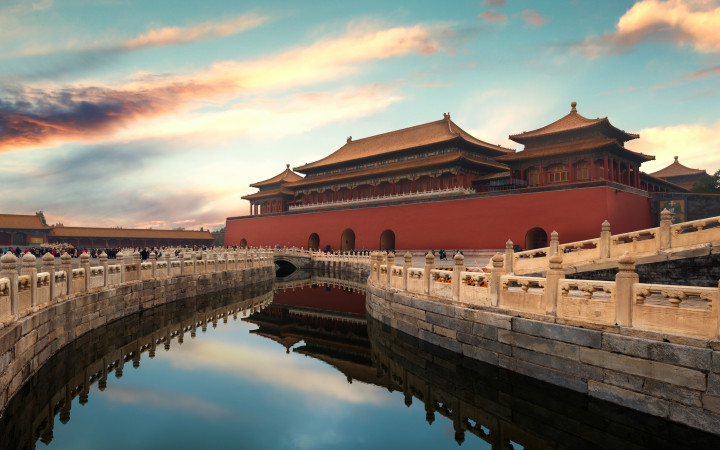Today’s Wonder of the Day was inspired by Raiden. Raiden Wonders, “What is the forbidden city” Thanks for WONDERing with us, Raiden!
Have you ever been forbidden to do something? Of course you have! Many adults forbid certain activities for kids’ safety. Would you believe a place in China was forbidden for hundreds of years? It’s true! It was called the Forbidden City. Today, it’s open to visitors. Let’s see what the big secret was all about!
The Forbidden City was built between 1406 and 1420. It served as the Chinese imperial palace for almost 500 years. The area was the center of the Chinese government. Emperors from the Ming Dynasty to the Qing Dynasty lived there. Today, the Forbidden City still stands in the middle of Beijing.
You might be WONDERing why it’s called the Forbidden City. After all, wasn’t it an imperial palace? Well, this was no ordinary fortress. The Forbidden City was made up of almost 1,000 buildings. They were spread over nearly 8 million square feet!
The name “Forbidden City” comes from the Chinese phrase "Zijin Cheng." It means “Purple Forbidden City.” The color purple referred to the North Star. In Chinese astrology, the North Star was the home of the Celestial Emperor.
The Forbidden City was the North Star’s earthly counterpart—the home of the earthly emperor. It was “forbidden” because it was a walled city. No one could enter without permission.
The Forbidden City was home to 24 different rulers. The last of these was Puyi, the final Emperor of China. He gave up his position in 1912. From then on, the Forbidden City was no longer the political center of China.
The Forbidden City is one of the world’s best examples of traditional Chinese architecture. It has influenced architects around the world for hundreds of years.
The Forbidden City is enclosed by a 26-foot-high wall. The wall is almost 30 feet wide at its base. The city’s moat is over 170 feet wide and more than 20 feet deep. This helped the emperors feel safe within the Forbidden City.
The Forbidden City’s design reflects the principles and beliefs of the ancient Chinese rulers. For example, yellow was the color of the Emperor. Almost all roofs in the Forbidden City were covered with yellow glazed tiles.
In 1987, the Forbidden City was named a World Heritage Site. It’s still one of the largest collections of ancient wooden structures in the world.
Today, the Forbidden City is home to the Palace Museum. It houses over one million rare Chinese artworks and artifacts. Most of these come from the Ming and Qing dynasties.
Have you ever visited the Forbidden City? Would you like to one day? Many people find it to be a breathtaking part of history.
Standards: CCRA.L.3, CCRA.L.6, CCRA.R.1, CCRA.R.2, CCRA.R.4, CCRA.R.10, CCRA.SL.1, CCRA.SL.2, CCRA.W.2, CCRA.W.4, CCRA.W.9, CCRA.L.1, CCRA.L.2




